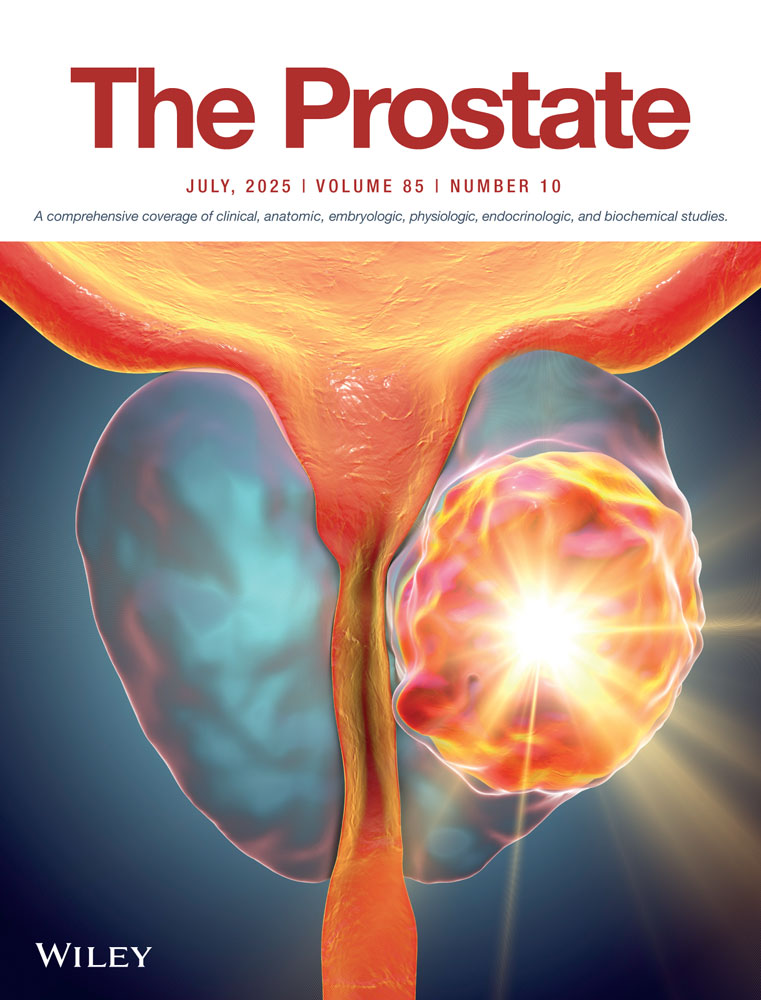LHRH Antagonists Restore Serum Testosterone Faster Than LHRH Agonists in Prostate Cancer Patients After Radiotherapy
ABSTRACT
Introduction
Maintaining a castration level of testosterone (TST) during radiation therapy combined with androgen deprivation therapy (ADT) is an essential strategy in the treatment of prostate cancer; however, hypogonadism can cause various complications. The aim was to compare serum TST recovery between LHRH agonists and LHRH antagonists.
Methods
A total of 131 patients who underwent radiation therapy with ADT for prostate cancer were retrospectively analyzed. Serum TST levels after termination of ADT including LHRH agonists and antagonists were compared. Cox proportional hazards model and the Kaplan–Meier method were used for statistical analysis.
Results
Median age, baseline TST, nadir TST, and duration of ADT were 71 years, 535 ng/dL, 10.92 ng/dL, and 12 months, respectively. Multivariate analysis identified significant associations of initial PSA ≥ 10.92 ng/mL (p = 0.0366), ADT ≥ 360 days (p = 0.0408), nadir TST ≤ 19 ng/dL (p = 0.0003), and LHRH agonist (p = 0.0027) with delayed TST recovery to castration level (50 ng/dL). We created a risk model based on these four independent risk factors (Low: 0–1 factor/Intermediate: 2 factors/High Risk: 3–4 factors). Each risk group significantly differentiated the TST recovery to castration level. Even after propensity score matching, recovery of TST to castration level and therapeutic level (200 ng/dL) was significantly delayed in the LHRH agonist group compared with the LHRH antagonist group (p = 0.0016, p = 0.0389, respectively).
Conclusion
LHRH antagonists restored serum TST to castration and therapeutic levels faster than LHRH agonists in prostate cancer patients undergoing radiation therapy with ADT.
Conflicts of Interest
Shinichi Sakamoto received honoraria from Janssen Inc. The remaining authors declare no conflicts of interest.
Open Research
Data Availability Statement
The data that support the findings of this study are available on request from the corresponding author. The data are not publicly available due to privacy or ethical restrictions.




